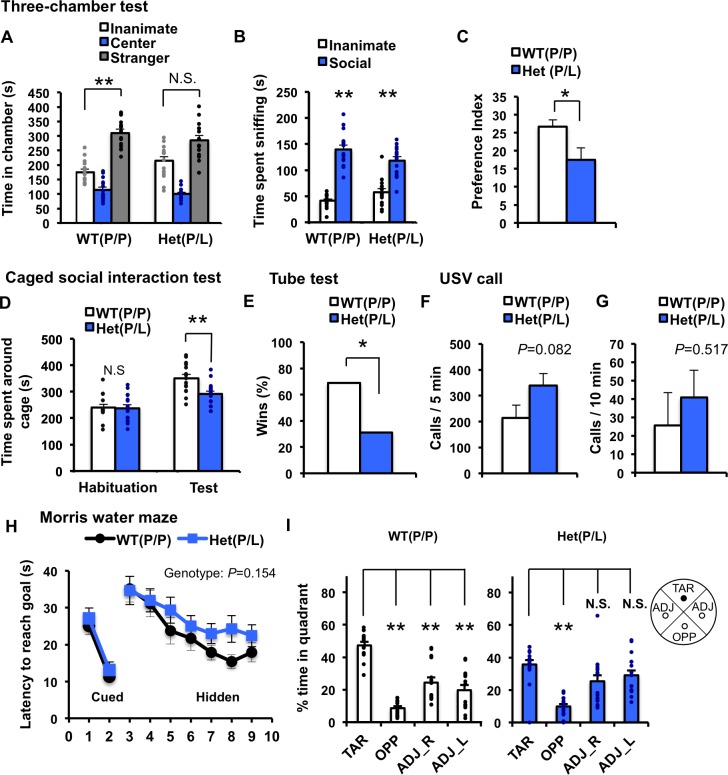Fig 6. Comprehensive behavioral analysis of Nlgn1 P89L mice.
(A-C) Three-chamber social interaction test. (A) A stranger mouse was placed in one of the side chambers in a wired cage, and an empty wired cage was placed in the opposite chamber. Time spent in each chamber. (B) Time spent sniffing the stranger or the inanimate object. Both WT and Nlgn1 P89L (P/L) mice spent more time sniffing the stranger than the empty cage. (C) Social preference index was lower in Nlgn1 P89L (P/L) mice. Preference index = ((Time sniffing the stranger/ (Time sniffing the stranger + Time sniffing the inanimate)) x 100) - 50. *p<0.05, **p<0.01. Two-way repeated measures ANOVA, Bonferroni post-test (A, B). t-test (C), n = 15 for WT, n = 15 for heterozygous mutant. (D) Caged social interaction test in the open field. The test consists of two sessions, a 10 min habituation, followed by a 10-min test. Time spent around the cage during the habituation phase with an inanimate cage was identical between genotypes, however, time spent around the cage with an age-matched unfamiliar male mouse in the test session was significantly less in Nlgn1 P89L hetrozygote (P/L) mice compared to WT. **p<0.01. t-test, n = 15 for WT, n = 16 for heterozygous mutant. (E) Wins frequency in the social dominance tube test. Nlgn1 P89L (P/L) heterozygote mice had a lower winning rate. *p<0.05. Chi-square test. (F) The number of ultrasonic vocalizations emissions at postnatal day 7 induced by maternal-separation during 5 min session. (G) The number of ultrasonic vocalizations emissions from adult male mice during 10 min session. Adult female mouse was presented as stimuli. (H, I) Morris water maze to assess hippocampal-dependent spatial learning and memory. On day 1 and 2, mice were trained to find a visible platform in the water maze. On day 3 to 9, mice were trained to find a hidden platform. On day 10, spatial memory was assessed with the platform removed as a probe test (H) Quantification of latency to reach goal across days of training session from day 1 to 9. Two-way repeated measures ANOVA. (I) Quantification of time spent in each quadrant in a probe test session at day 10. TAR, ADJ and OPP indicates the target, adjacent, and opposite quadrant, respectively. WT showed significant preference for the target quadrant than the other quadrants, whereas Nlgn1 P89L (P/L) mice do not show the preference for the target quadrant compared to adjacent quadrants. **p<0.001, t-test. n = 15 for WT, n = 16 for heterozygous mutant. Data are represented as means ± S.E.M. See S3 Table for all statistics.

